Bliss
Luke T. Baker
One afternoon in 1996, veteran National Geographic photographer Charles O’Rear was heading west on California State Route 12, a narrow highway that scribbles across Sonoma County wine country. He was driving to meet his girlfriend; together they were working on a photo book about winemaking in California. It was January, a wetter month, and the sun was just emerging after a passing rainstorm. As O’Rear approached the border between Napa and Sonoma counties, before him appeared a tableau so picturesque, so utterly perfect, he instinctively pulled over on the road’s shoulder. Beyond a low fence, a grassy hillside, its vines stripped after a phylloxera blight and brilliantly green from the rains, arced gently to meet a dimensionally blue sky. O’Rear swiftly loaded his medium-format camera with color slide film and snapped a few pictures as tufts of cumulus clouds drifted into the frame. To him, it looked like a vision of paradise. He titled the series Bucolic Green Hills.
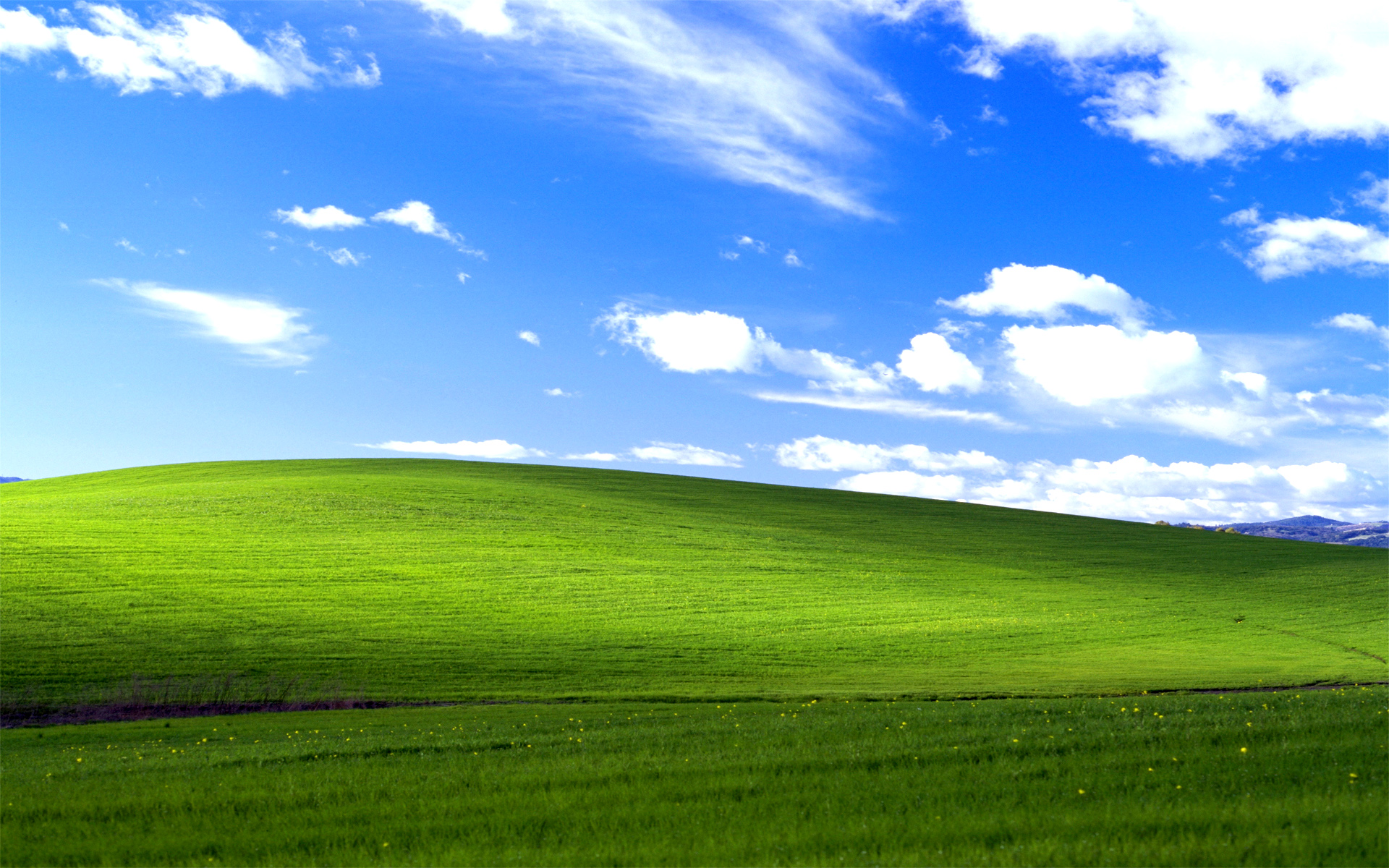
The series wasn’t right for the wine country book, so O’Rear instead submitted his images to Westlight, a stock photo agency, and forgot about them. Two years later, in 1998, Corbis Images, a photo licensing company owned by Microsoft founder Bill Gates, acquired Westlight and its assets, among them Bucolic Green Hills. In 2000, while user interface designers at Microsoft were searching for a default desktop backdrop for the new Windows XP operating system, they came across O’Rear’s photos, purchased the rights to one, and rechristened it Bliss.
Bliss was a photograph ideally suited for this purpose—its uncluttered composition didn’t obscure desktop icons, and its soothing blue and green hues seemed almost preordained to match Microsoft’s signature brand colors. But what made the image most desirable to the designers was its ability to transfix and transport. Greeting users on startup in drab office parks and cinderblock classrooms, Bliss offered a picture window onto a generic, carefree world, its Elysian meadow fertile ground for escapist fantasies. Like most nature photography that comes pre-installed on our digital devices, the sublime majesty of its landscape was presented in an idealized state, safe and contained behind tempered glass. As an agrarian antidote to the anxiety of inbox stressors and digital distractions, Bliss depicted an Arcadia devoid of human presence—a pastoral for the pixelated age.
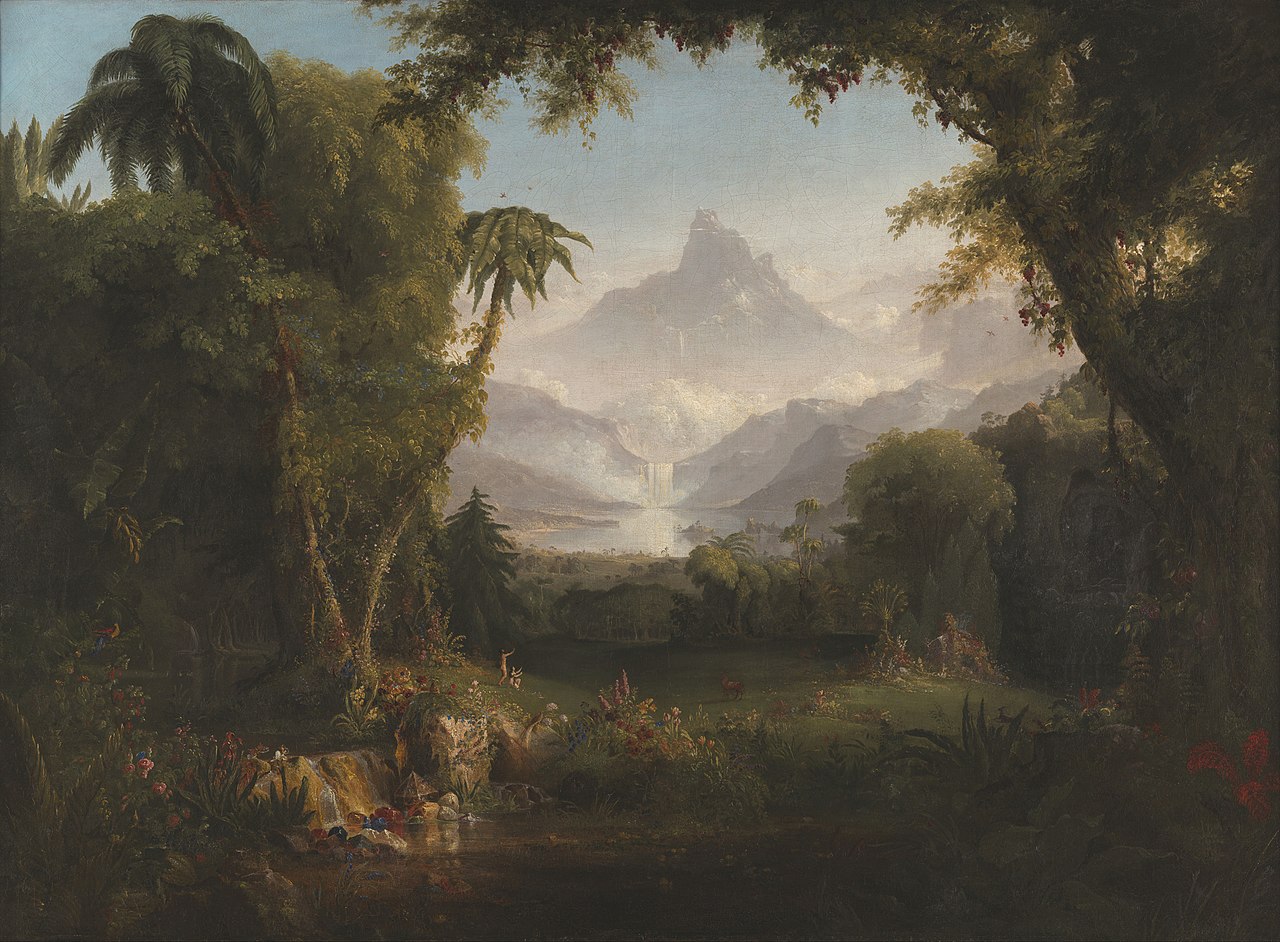
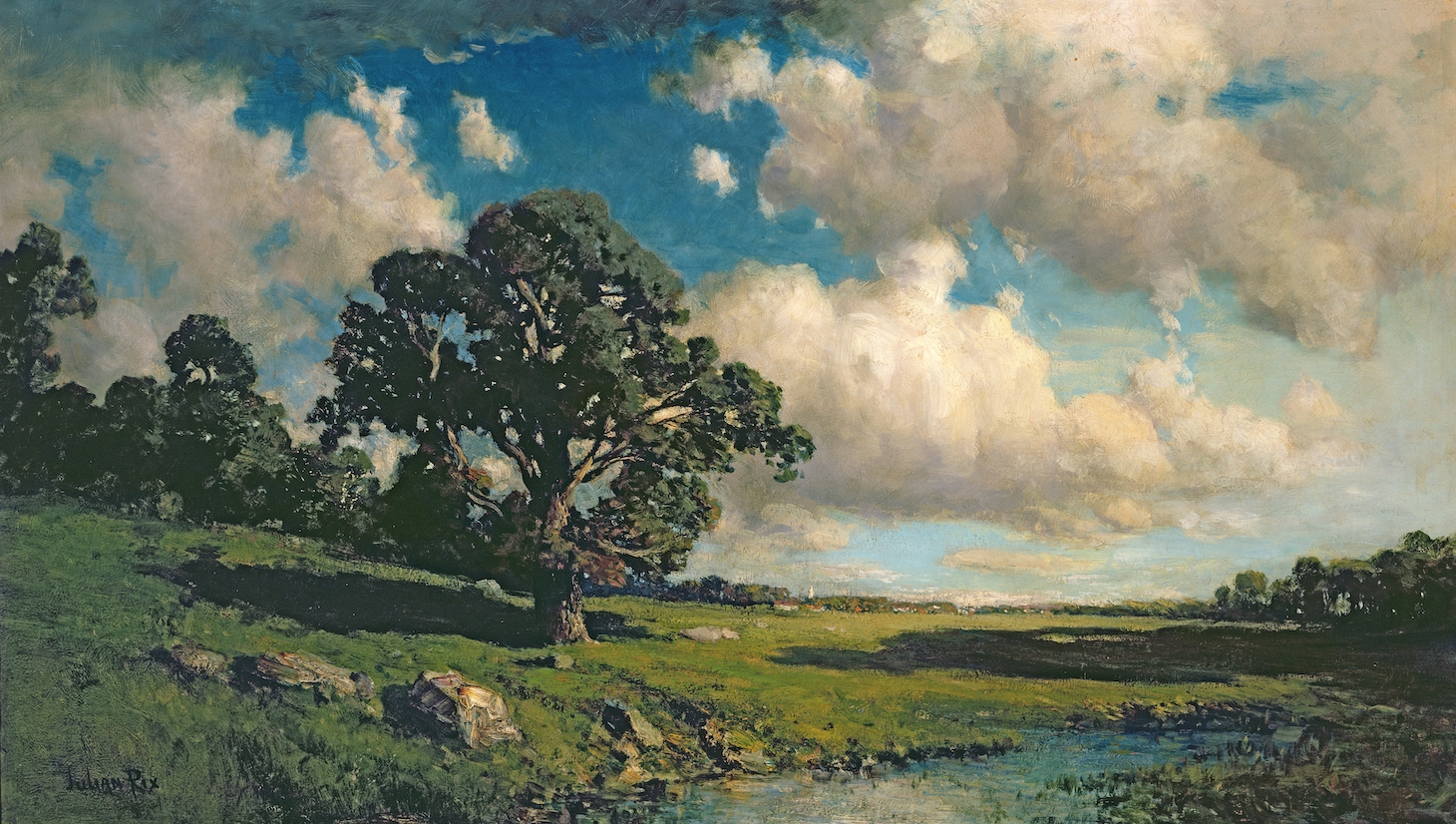
As Windows XP dominated the market by the early aughts, Bliss became ubiquitous. At the time, it was widely considered the world’s most-seen image, viewed by an estimated one billion people. But the photograph’s puzzling anonymity caused many to speculate about its location. Could it have been taken in the dune-like swells of Washington’s Palouse farmlands, or was it showing the lonely hills of Portugal’s Alentejo region? Others asserted that the image must have been created in Photoshop, that the setting was too perfect to be real. At once universal and ambiguous, Bliss acted as a collective Utopian imaginary for the world’s digital denizens, found everywhere and yet located nowhere.
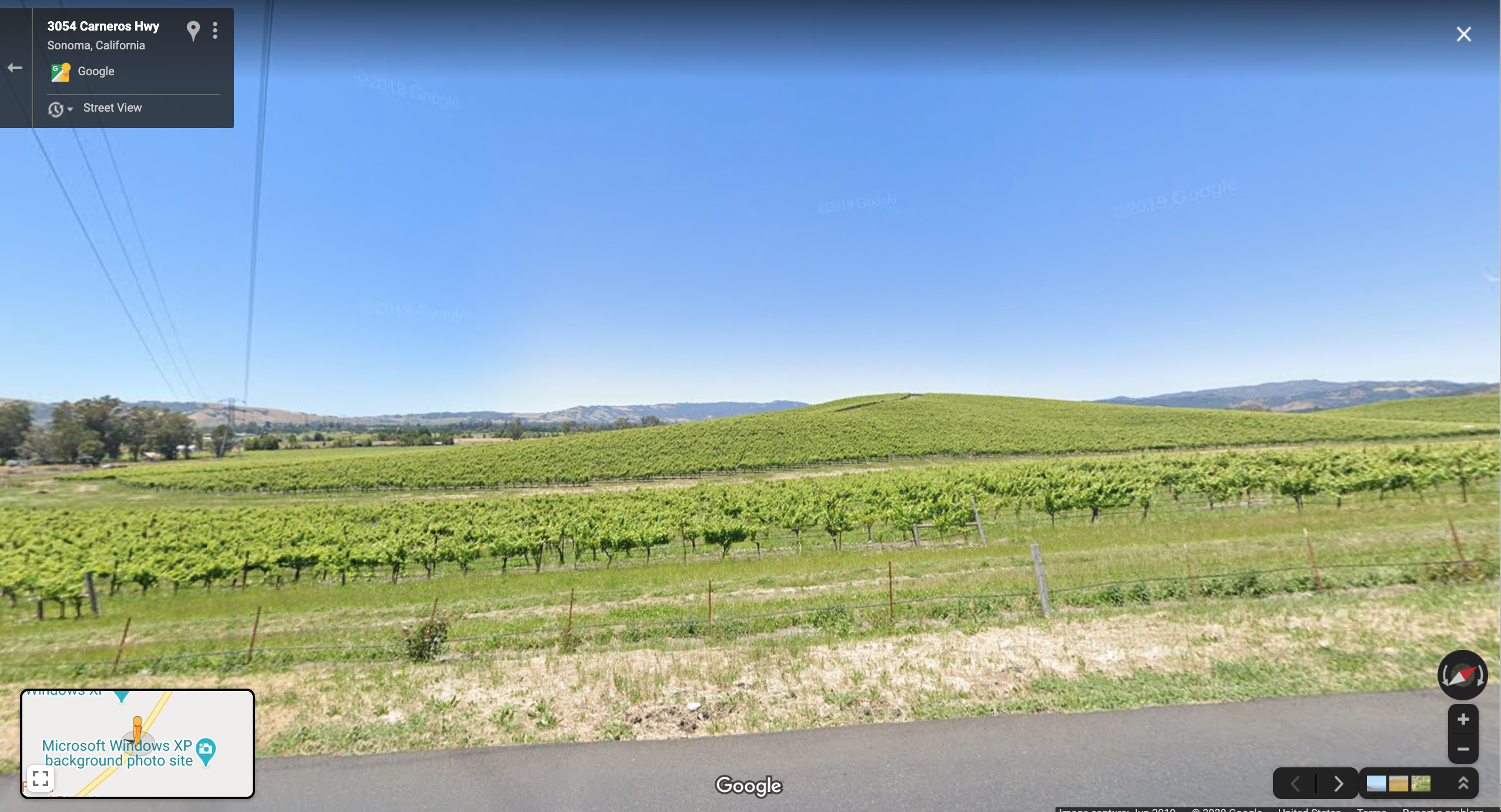
In October 2017, 21 years after O’Rear shot that idyllic hillside, a conflagration of 250 wildfires raged through Northern California, destroying 245,000 acres and killing 44. Though the Bliss site was spared, many nearby vineyards in Sonoma and Napa counties were burned in the Nuns Fire that fall. The victims who perished in the 2017 wildfires were caught with no chance to escape as quickly shifting winds carried the flames across the landscape. They died sheltering in their homes, watching hopelessly as the inferno approached and scorching gusts shattered their windows, ushering in clouds of choking black smoke. Some trying to outrun the blaze died in their cars as the fire engulfed the road, cooked alive, their tires burst and melted from the intense heat.
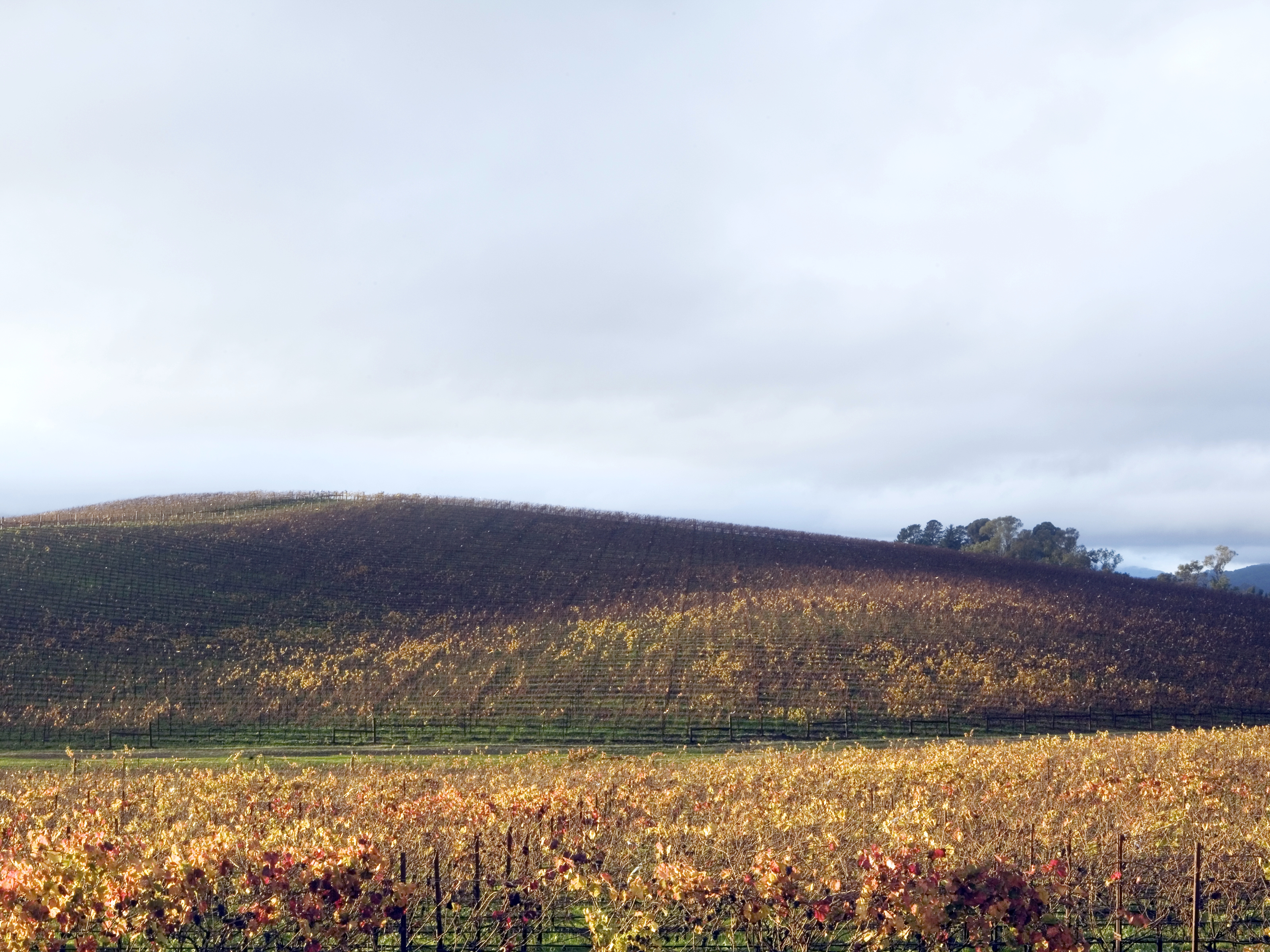

Wildfires have shaped California’s topography for as long as lightning has leapt from sky to land. An analysis of the 2014 California wildfire season by scientists from the American Meteorological Society portended increasingly “extreme” fire danger in California, and for the first time, acknowledged anthropogenic climate change as the primary cause. That same year, Microsoft officially retired Windows XP and Bliss disappeared from millions of monitors worldwide, replaced by the abstract desktop background of the new Vista operating system.
Like the works from this exhibition: in process, disrupted, abandoned, Bliss attests to the naïve fragility of the Utopian concept. As we are forced to reconcile with record-setting weather events and ‘natural’ disasters like the 2018 Camp Fire—the deadliest wildfire in California history—O’Rear’s photograph functions as a memorial to a benign, Edenic landscape that can only exist virtually—a wistful reminder that this version is no longer supported.

 Whatnot Studio
Whatnot Studio